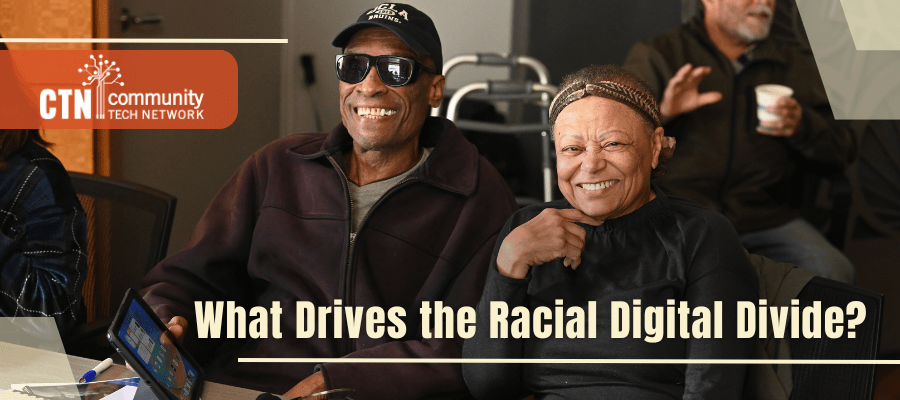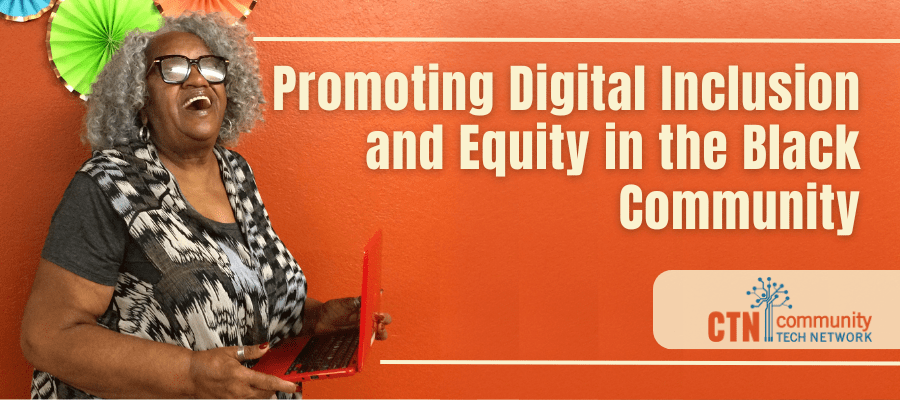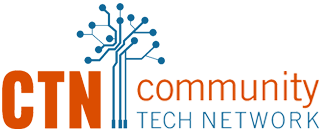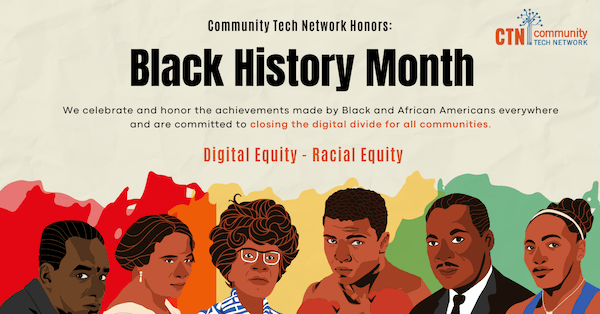One key topic is often left out of discussions about racial justice: the racial digital divide. Individuals can search and apply for jobs, scholarships, and career opportunities online. They can learn new skills on YouTube, invest their money with the click of a button, schedule appointments with doctors, complete school assignments, join work meetings on Zoom, and even launch small businesses selling goods or services on platforms like Instagram and Etsy.
Clearly, achieving educational and financial success in the 21st century requires internet access. However, about 31% of African Americans do not have a home computer, and 38% lack high-speed internet access, or broadband access, at home. This means that about one in three Black adults are offline.
The Problem: What Drives the Racial Digital Divide?

Affordability is one issue. Internet prices in the United States are some of the highest in the world. Other countries such as Australia, South Korea, France, and Israel enjoy much lower prices at comparable (or, in some cases, faster) speeds.
Due to systemic racism in American society, Black households earn only about half as much on average as their white counterparts. For many working-class African American families, home internet costs are simply too high.
This raises the question: Why is internet access so expensive?
As explained in our recent blog post, there is little competition among internet service providers in the U.S. Almost 40% of American households live in an area with only one or two internet service providers. Without competition, these companies can charge whatever they want for their services.
This is a serious problem in Black neighborhoods. Internet service providers have underinvested in low-income, minority communities, assuming that they will earn larger profits in wealthier, whiter areas. Therefore, predominantly Black neighborhoods have less digital infrastructure and slower internet speeds. Yet they often are charged the same price on their monthly internet bills! This discriminatory racial divide practice is called digital redlining.
Several other factors contribute to the racial digital divide. Signing up for a broadband connection often requires a credit check, which can be a barrier for low-income families. More research is needed to identify other hurdles that may prevent Black households from getting online.
The Future: Promoting Digital Inclusion and Equity in the Black Community

The current administration’s Digital Equity Act will provide $2.75 billion to all states to promote digital inclusion. These funds include the Affordable Connectivity Program (ACP), which offers eligible low-income families discounts on their monthly internet service.
Since the ACP is a relatively new initiative, many people are still unfamiliar with the program or do not know how to sign up. CTN hosts workshops to help people enroll in the program, and we train other nonprofit and community leaders to become ACP enrollment specialists. This training allows them to become experts in helping people get online. In addition, groups including the Black Churches 4 Digital Equity coalition have worked tirelessly to increase ACP enrollment.
Policy experts have also suggested other methods of closing the digital divide. The Federal Communications Commission offers subsidies to entice ISPs to work in historically underserved communities. Municipalities can create their own broadband networks since the internet has become a public good. Chattanooga, Tennessee, is one great example. The city has become a tech hub by creating its own broadband fiber-optic network, which offers ultra-high speeds throughout the city. Besides bridging the digital divide for humanitarian purposes, this policy has brought Chattanooga over $2.69 billion in social and economic benefits in its first decade.
In addition to increasing internet access, efforts to bridge the racial digital divide must also include a digital skills component. About 70% of the Black community reports being “unprepared with digital skills, affecting their employability, and, as more work moves to remote formats, it is estimated that Black and Hispanic workers, without intervention … could be locked out of 86% of jobs by 2045.” Digital literacy has increasingly become a critical component of elementary and high school curriculums. Organizations like CTN offer courses to help adults feel confident participating in the digital world.
Summary
Individuals must be equipped with particular tools — such as internet access/broadband connection and digital skills — in order to thrive in today’s technological society. Upward economic mobility, educational success, and health outcomes all depend on one’s ability to get online.
Due to many factors, including systemic racism, Black families have been left on the wrong side of the digital divide. There is much to do to keep them from being left behind.
* This article refers specifically to home internet access. The majority of Black Americans do have mobile internet, but learn why smartphones are not enough to bridge the digital divide.


Comments are closed.